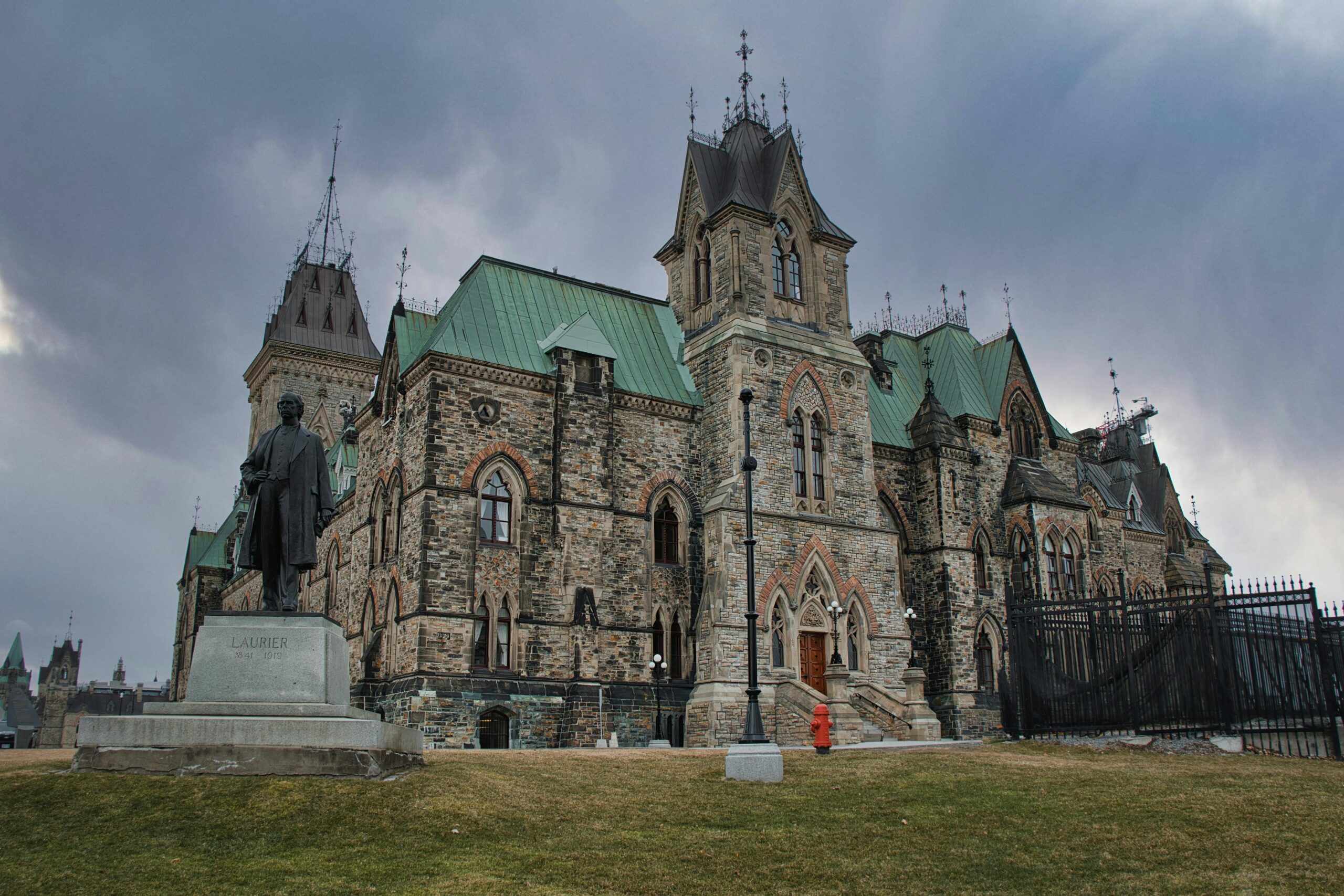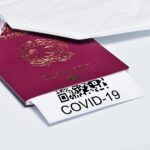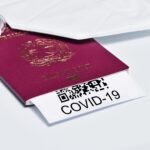Table of Contents
- Deconstructing the Controversial First Generation Limit on Canadian Citizenship
- A New Dawn: The Comprehensive Changes to Canadian Citizenship by Descent
- Navigating the Essential Process: Securing Your Proof of Citizenship
- Beyond Descent: Other Remarkable Pathways to a Canadian Passport
- Frequently Asked Questions About Canadian Citizenship by Descent
Possessing a Canadian passport is the definitive confirmation of Canadian citizenship, a status coveted globally for the freedoms and opportunities it affords. While many achieve this through birth on Canadian soil or a lengthy naturalization process, another significant pathway exists: citizenship by descent. This principle, known as jus sanguinis (right of blood), grants citizenship to individuals born abroad to a Canadian parent. However, the rules governing this path have been a source of complexity and heartache for many, due to a restrictive policy known as the first-generation limit (FGL). Recent legislative amendments have dramatically reshaped this landscape, offering new hope to families who were previously excluded. This guide provides an in-depth analysis of these monumental changes, the new eligibility criteria, and the steps involved in claiming your rightful Canadian citizenship.
Deconstructing the Controversial First Generation Limit on Canadian Citizenship
To fully appreciate the significance of the new laws, it is crucial to understand the framework they replace. The Canadian Citizenship Act previously contained a provision that automatically cut off the right to citizenship by descent after the first generation born abroad. In simple terms, if a Canadian citizen was born outside of Canada to their own Canadian parent (who was also born outside Canada), they could not automatically pass on citizenship to their own children born abroad. This created a class of individuals often referred to as “Lost Canadians”—people with deep family roots in Canada who were denied citizenship simply because of their birthplace and that of their parent. The rationale behind the FGL was to ensure a meaningful connection to Canada among its citizens. The government feared that citizenship could be passed down indefinitely through generations with no tangible link to the country, diluting its value. However, this one-size-fits-all approach had profound and often unfair consequences, severing legal ties for families with demonstrable and ongoing connections to Canada. The rule did not account for Canadian parents working abroad for Canadian companies, serving in the military, or those who had spent significant portions of their lives in Canada before having children overseas. This policy faced numerous legal challenges over the years, with courts scrutinizing whether it was constitutional to treat Canadians differently based on where they were born.
A New Dawn: The Comprehensive Changes to Canadian Citizenship by Descent
In a landmark shift, the Canadian government has introduced new legislation to eliminate the restrictive first-generation limit and restore citizenship to many who were previously denied. The new framework moves away from the rigid FGL and introduces a more nuanced and just approach centered on a “substantial connection” to Canada. Under the amended Canadian Citizenship Act, a Canadian parent born abroad can now pass on citizenship to their child born abroad if they can demonstrate a significant physical presence in Canada before the child’s birth. This test of substantial connection is defined quite specifically: the Canadian parent must have accumulated at least 1,095 days (equivalent to three years) of physical presence in Canada prior to the birth of their child. This change is monumental. It acknowledges that a parent’s life experience within Canada is a strong indicator of their connection to the country and, by extension, the connection their child will have. The government has also made these changes retroactive, meaning they apply to anyone born on or after January 1, 1947 (the date the first Canadian Citizenship Act came into effect) who would have been a citizen if not for the FGL. This opens the door for generations of “Lost Canadians” to finally claim their birthright. The interim measures ensure that those impacted can begin the process of having their status recognized, profoundly altering the lives of countless families worldwide.
- Elimination of the First-Generation Limit: The old rule that citizenship by descent stops after the first generation born abroad has been abolished.
- Introduction of the Substantial Connection Test: A Canadian parent born outside Canada can pass on citizenship if they have spent a cumulative total of 1,095 days (three years) physically in Canada before the child’s birth.
- Retroactive Application: The new rules apply to individuals born on or after January 1, 1947, effectively restoring citizenship to many who were previously excluded.
- Focus on Physical Presence: The key criterion is the parent’s actual time spent in Canada, providing a clear and objective measure of their connection to the country.
Navigating the Essential Process: Securing Your Proof of Citizenship
With these legislative changes, the immediate question for eligible individuals is how to formalize their status. The critical first step is not applying for a passport, but rather obtaining a Canadian citizenship certificate. This document is the official proof of citizenship and is a prerequisite for a passport application. The process is managed by Immigration, Refugees and Citizenship Canada (IRCC). Applicants will need to submit a formal “Proof of Citizenship” application, which involves meticulous documentation. Key evidence will include the applicant’s foreign birth certificate, the Canadian parent’s proof of citizenship (such as their birth certificate or citizenship certificate), and, crucially, evidence of the parent’s 1,095 days of physical presence in Canada. This evidence can take many forms, including school records, tax statements, employment records, and official entry/exit records. It is vital to compile a comprehensive and well-organized package to demonstrate that the substantial connection test has been met. Once IRCC processes the application and issues the citizenship certificate, the individual is officially recognized as a Canadian citizen. Only then can they proceed with an application for a Canadian passport, using the newly acquired citizenship certificate as the foundational document. This two-step process ensures that all eligibility requirements under the new law are verified before the benefits of citizenship, like a passport, are granted.
Beyond Descent: Other Remarkable Pathways to a Canadian Passport
While the reforms to citizenship by descent are groundbreaking, it is important to situate them within the broader context of Canadian citizenship law. The most common pathway remains jus soli, or the “right of the soil,” where nearly anyone born on Canadian territory is automatically a citizen, regardless of their parents’ status. The other major route is naturalization, through which individuals who have immigrated to Canada as permanent residents can apply for citizenship after meeting specific residency and other requirements, such as language proficiency and passing a citizenship test. Furthermore, the Citizenship Act retains provisions for discretionary grants of citizenship in special cases. Known as a Section 5(4) grant, this allows the Minister of Immigration, Refugees and Citizenship to grant citizenship to individuals to alleviate cases of special and unusual hardship or to reward services of an exceptional value to Canada. This provision acts as a failsafe for unique and compelling situations that fall outside the standard rules. Understanding these different avenues is crucial. The changes to the rules for citizenship by descent do not exist in a vacuum; they are part of a complex and evolving legal tapestry designed to define who belongs to the Canadian family. For those who may not qualify under the new substantial connection test, exploring other options like family sponsorship leading to permanent residence and eventual naturalization may be a viable alternative.
Frequently Asked Questions About Canadian Citizenship by Descent
What was the First Generation Limit (FGL) on Canadian citizenship?
The First Generation Limit was a rule in the Canadian Citizenship Act that prevented Canadian parents who were themselves born outside of Canada from automatically passing on citizenship to their own children born abroad. This rule has now been replaced by the new substantial connection test.
How is a ‘substantial connection’ to Canada defined for citizenship by descent?
Under the new law, a substantial connection is established if a Canadian parent born abroad can prove they were physically present in Canada for a cumulative total of at least 1,095 days (three years) before the birth of their child.
Do I need a citizenship certificate before I can apply for a passport?
Yes, obtaining a Canadian citizenship certificate from IRCC is the mandatory first step. This document serves as the official proof of your citizenship and is required before you can submit an application for a Canadian passport.
Are the new citizenship by descent rules retroactive?
Yes, the changes are retroactive and apply to anyone born on or after January 1, 1947, who was previously ineligible for citizenship due to the first-generation limit. This allows many individuals, often called “Lost Canadians,” to now claim their citizenship.
What kind of documents can prove a parent’s physical presence in Canada?
Evidence can include a variety of documents such as official school or university transcripts, employment records like T4 slips or pay stubs, tax records from the Canada Revenue Agency (CRA), and official travel records that show entries and exits from Canada.
Talk to us to find out more. ->
The content above is not intended to provide legal advice or opinions of any kind and may not be used for professional or commercial purposes.







